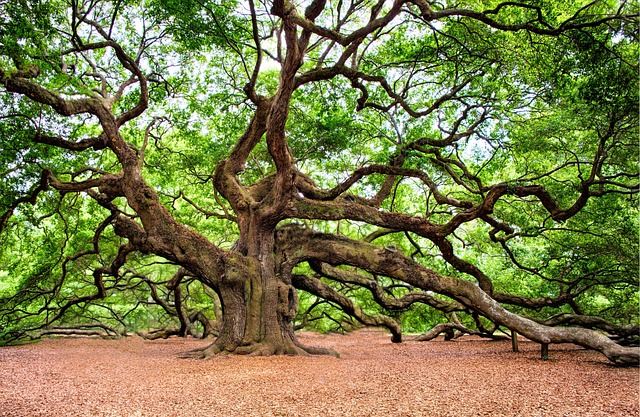Magnificent Masterpieces: Exploring the World of Huge Paintings in Fine Art and Culture
Art has always been a reflection of human expression, history, and culture, but few mediums capture the awe and inspiration of the beholder quite like huge paintings. These colossal works of art stand as monumental testaments to the creativity and passion of their creators. When you step into a room filled with expansive canvases, you are not just encountering paint and canvas; you are immersing yourself in an experience that transcends time and space.
The Allure of Scale in Fine Arts
Huge paintings command attention. Their sheer size often overwhelms the viewer, pulling you into the narrative within. Artists have harnessed the power of large canvases to convey themes of grandeur, struggle, and emotion. From the towering murals of ancient civilizations to contemporary masterpieces that stretch across gallery walls, these works invite us to explore perspectives that are both intimate and expansive.
Consider the grand frescoes of the Renaissance period, such as Michelangelo’s iconic Last Judgment in the Sistine Chapel. The size alone evokes a sense of majesty and reverence. The painting’s vivid colors and intricate details beckon visitors to stand in awe, embodying not just the artist’s talent but the spirit of the era itself.
Culture Through Colossal Canvases
In many cultures, huge paintings serve as vital storytelling instruments. They encapsulate cultural narratives, historic events, and communal values. Take, for instance, the large-scale paintings found in indigenous cultures across the globe. Often painted on folding screens or walls, these artworks tell stories of ancestry, traditions, and the deep connection to nature.
As we explore halls and galleries, we see that huge paintings often challenge the viewer to confront societal issues, psychological landscapes, and existential themes. They have the power to engage and provoke thought, reflecting the cultural zeitgeist of the time. A perfect example is Diego Rivera’s sprawling murals that depict Mexican history, social struggles, and the resilience of its people—a profound expression of national identity that resonates through the ages.
The Emotional Impact of Large-Scale Art
Experiencing a huge painting often evokes a visceral reaction. The emotions invested in these larger-than-life works can stir up memories, provoke dialogue, and inspire change. When standing before such masterpieces, individuals often find themselves lost in contemplation. The vibrant colors, dynamic forms, and intricate details create a sensory explosion that words alone cannot capture.
Moreover, these paintings often challenge our perceptions of space. They demand you to move, engage, and consider the artwork from multiple angles. The physicality of a large painting can reshape how we perceive our surroundings, breaking down barriers between art and life. Whether in a museum, public space, or community center, these murals bring people together, fostering a sense of belonging and shared experience.
Preserving Legacy Through Huge Paintings
As we admire both historic and contemporary huge paintings, we must also consider the role they play in heritage preservation. Many cultures use large-scale murals to celebrate significant events, challenge the status quo, or highlight communal stories that deserve to be told. The act of painting on such an expansive scale becomes a collective endeavor, often involving communities in the art-making process itself.
Institutions, galleries, and street artists are increasingly recognizing the importance of preserving these monumental works. Initiatives to restore or document large-scale paintings offer new perspectives and encourage appreciation of the art they represent, ensuring that their significance is not lost to time.
Exploring the world of huge paintings immerses us in the labyrinth of human creativity and cultural expression. They stand as magnificent reminders of our collective journey, inviting us to dream, reflect, and connect.




